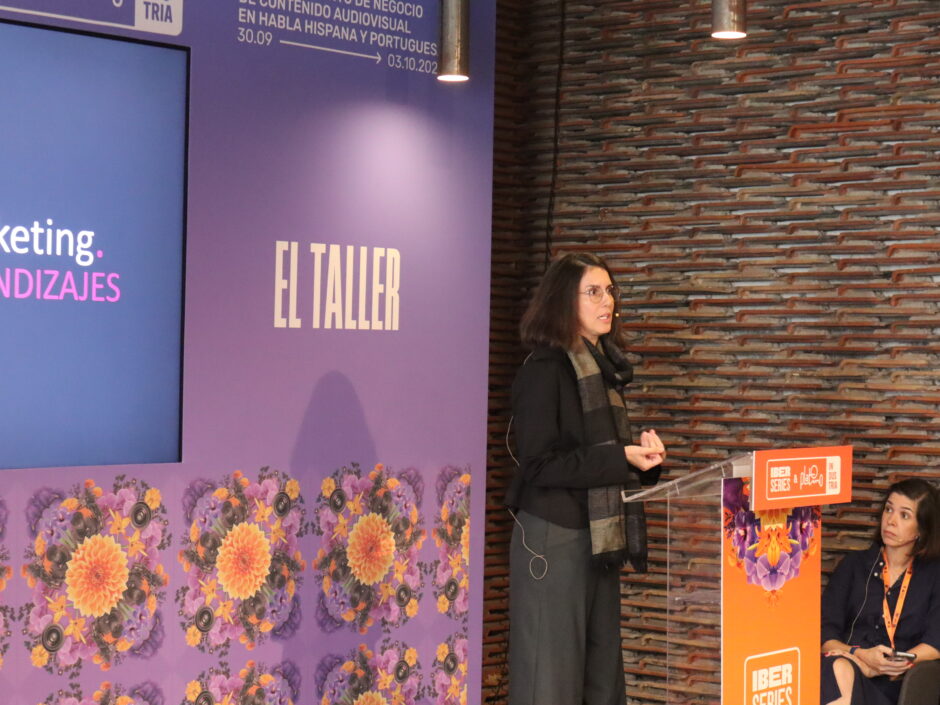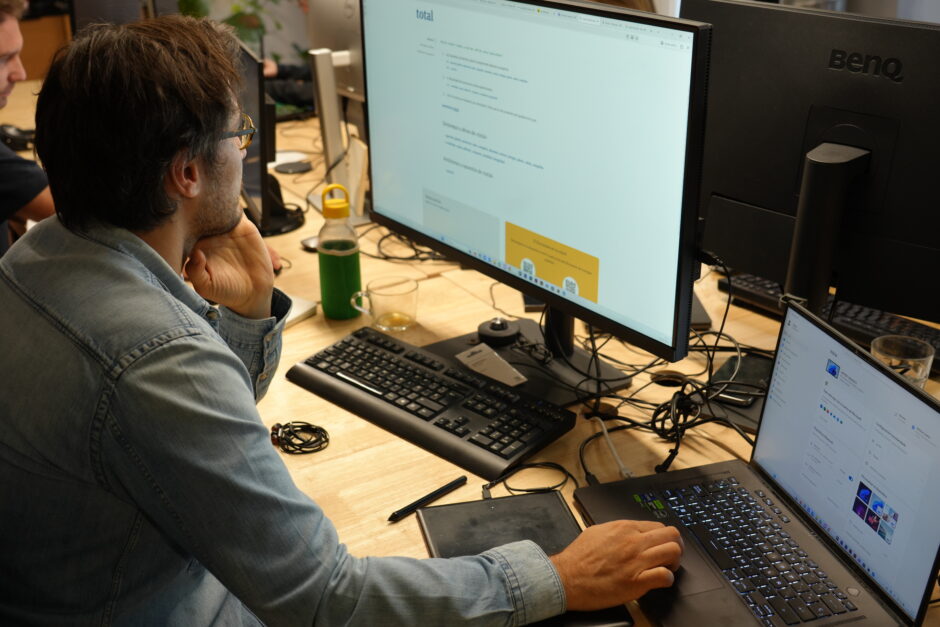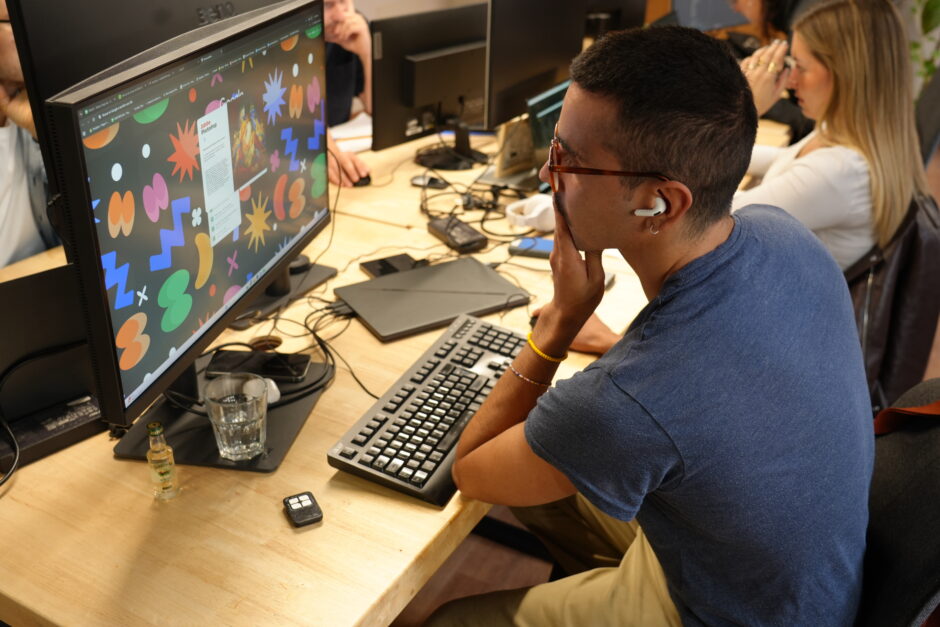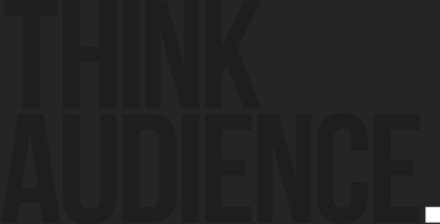As part of Iberseries & Platino Industria 2025, the Audiovisual Cluster of Madrid organized a workshop dedicated to exploring the applications of artificial intelligence in the audiovisual sector. Among the speakers was Sarah Calderón, CEO of The Film Agency (as well as BRANDOMINUS, TBS, ADHOOKERS,EL RANCHITO VFX, METROPOLITANA, MOMENTS LAB and PENDULAR), who shared how different AI tools can be applied to early-stage marketing — from development to production, to marketing — and how they are transforming these phases in both design and communication, always with the idea of complementing what already exists.

The Film Agency has developed the labels Think Early and Think Data, a marketing services focused on audiences, data, and sales from the conception of a series or film project, meaning from its development stage onwards.
“What is becoming increasingly common is to think about audiences and all marketing languages from the very beginning. this is the stage when we identified ai is more useful and ground-breaking, while still being the most ethical area to implement it.”
Sarah Calderón reminded the audience that, until recently, marketing was postponed until the premiere or until a distributor came on board. Today, the reality is different: success depends more and more on planning the communication strategy and materials from the outset. Thinking ahead and data-driven has become a must.
“It’s like having photos we don’t actually have, a shot that doesn’t exist yet”
Traditionally, when discussing AI in the audiovisual world, people think of tools applied in the final phase of marketing: social media, posters, or digital assets. However, this stage often requires less support, given the large volume of high-quality material already produced by professional, and very importantly, highly talented human teams.
One of the clearest examples is the creation of pitch decks.
“before ai, we had to use images that weren’t free of rights, or rely on stock photos that were very limited and overly commercial in tone, and bulid from there. using photos of famous actors or others works to convey tone, atmosphere, or setting carried the risk of confusing potential readers.”
AI has transformed this landscape, making it possible to generate original characters, environments, and compositions that accurately reflect the project’s vision without compromising expectations.
“it is not recommendable to give a prompt to create the entire image; it’s better to work in layers… this is where you involve the human factor and the audiovisual cultore of your team.”
Characters and backgrounds are created separately and later integrated by the design team’s aesthetic criteria. The result does not save time but expand creative possibilities and produces much stronger materials.
This is particularly useful in historical pitch decks, where the available material is often only black-and-white or low-resolution images. To give these projects a modern, commercial edge while maintaining historical context, AI can be used to “modernize” the visuals without losing authenticity.

“It also help us break stereotypes…”
AI also makes it possible to overcome historical and cultural limitations. In projects with racialized characters, it is often difficult to find high-quality visual references. Technology provides new ways to break stereotypes and create more diverse imaginaries.
“In our agency, no final product will ever go out without a designer behind it”


“we hace a policy of embracing. It’s a tool: let’s use it as a new language, while also taking a step back to remain conscious and ensure it is always applied with the highest possible ethical standars.”
Calderón emphasized that AI does not replace human talent, but enhances it.
The agency applies principles of transparency (always informing clients when AI is used), avoids reinforcing biases, and closely follows emerging legal regulations in Europe. In addition, it stresses the importance of fact-checking, choosing tools with stronger ethical safeguards, and — when possible — with lower environmental impact, though this last aspect remains a challenge.
What became clear at Iberseries & Platino Industria 2025 is that artificial intelligence is not necessarily a shortcut, it can bring design to a whole new level if its is combined with human talent. AI is full of threats, but also brings new opportunities if chained with respect to artists. it is a resource to expand creativity, bring invisible stories to life, and redefine how audiovisual projects are presented from day one.
See more:
